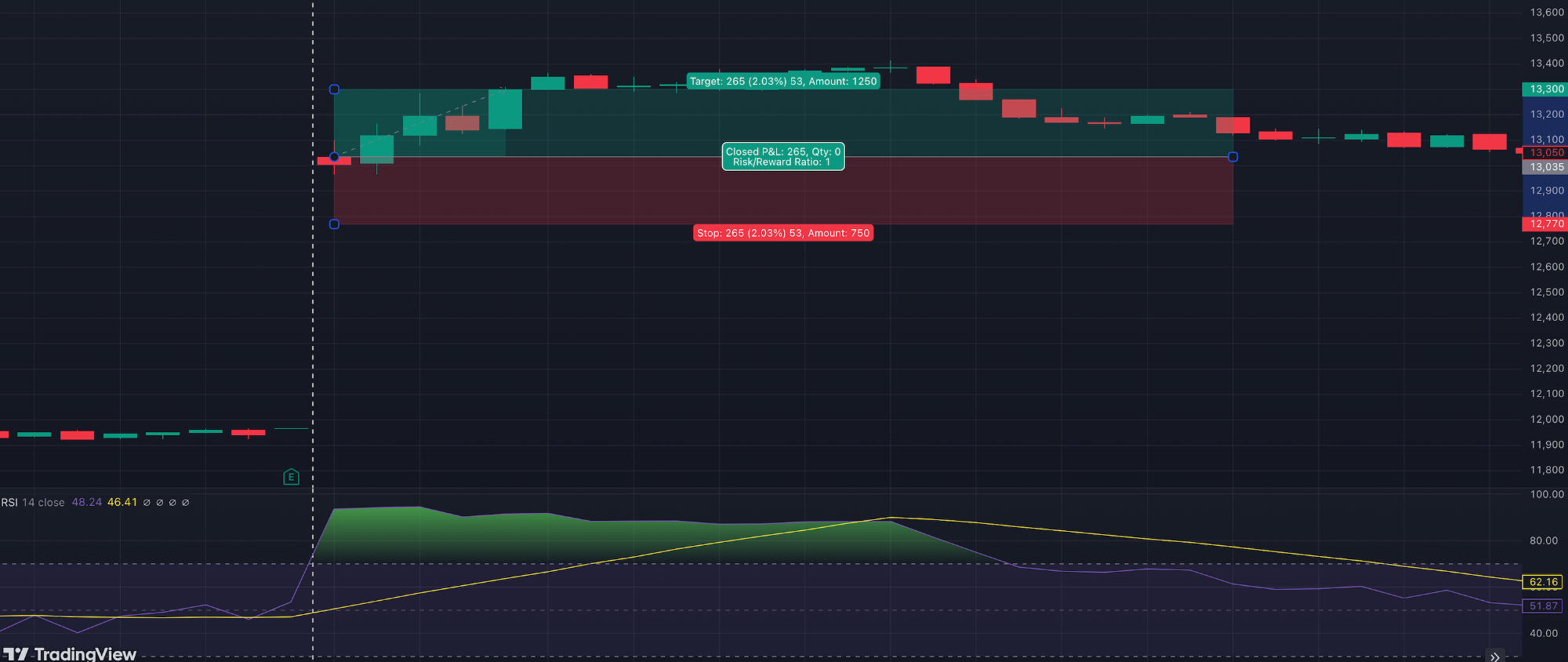Day Trading in Japan



Japan is the fourth largest economy with a nominal GDP exceeding $4 trillion, while the Tokyo Stock Exchange (TSE) is one of the biggest stock exchanges with daily trading volumes often reaching hundreds of billions of yen, providing short-term trading opportunities.
The Bank of Japan (BoJ) is one of the world’s most influential central banks, ranking alongside the US Federal Reserve and the European Central Bank, solidifying Japan’s economic standing and helping to create a secure environment for active traders.
Discover the essentials of day trading in Japan.
Quick Introduction
- Japan’s Financial Services Agency (FSA) is a ‘green tier’ regulator that oversees online trading and establishes regulations that govern financial institutions like brokers to ensure a fair environment for participants, including day traders.
- The TSE, located in Tokyo, is one of the world’s most prominent stock exchanges. Founded in 1878, it has become a central hub for securities trading in Asia, contributing significantly to the global financial landscape.
- Day traders in Japan must report their earnings to the National Tax Agency (NTA) as taxable income. These profits fall under ‘miscellaneous income’ and may be subject to a flat tax rate.
Top 4 Brokers in Japan
Based on our firsthand tests, these 4 trading platforms excel for day traders in Japan:
All Day Trading Platforms in Japan
What Is Day Trading?
Day trading in Japan involves buying and selling financial instruments within a single trading day to capitalize on short-term price fluctuations.
The range of instruments used by active Japanese traders is extensive, offering a variety of opportunities that mirror the country’s economic strengths.
From stocks listed on the TSE (e.g., Toyota) and commodities (e.g., copper), there’s an array of short-term trading instruments. Forex trading in Japan is also huge, providing opportunities on pairs involving Japan’s currency (e.g., USD/JPY).
Alternatively, CFDs in Japan allow investors to speculate on a huge range of markets without owning the underlying asset, providing opportunities on upward/downward price movements.
Is Day Trading Legal In Japan?
Day trading is not only legal in Japan but also regulated by the FSA to ensure a transparent trading environment. This regulatory body enforces strict rules to protect investors and maintain market integrity.
The Securities and Exchange Surveillance Commission (SESC), a branch of the FSA, plays a vital role in achieving this goal. Proper licensing from the SESC is mandatory to operate as a broker in Japan. Furthermore, online brokers must strictly adhere to the regulations established by this organization.
How To Start Day Trading
Intraday trading in Japan involves these steps:
- Selecting a top broker in Japan is the cornerstone of a successful foray into day trading. The FSA regulates online brokers in Japan. This ensures they comply with Japan’s strict financial regulations, prioritizing market fairness and protecting your financial security.
- After selecting a regulated broker, you can open a day trading account. The process typically involves verifying your identity with official documents like a driver’s license and proof of residency. Once your application is approved, you can fund your account using various convenient methods offered by your chosen broker, such as wire transfer and debit card.
- The Japanese market provides a rich selection of instruments for short-term trading. Stock enthusiasts can delve into established companies like Canon or the tech giants Keyence and Sony, all listed on the TSE. Popular forex pairs like EUR/JPY offer those seeking currency-based opportunities the chance to capitalize on fluctuations in the Japanese yen. This variety allows you to tailor your day trading strategy to your preferred asset class and risk tolerance.
A Trade In Action
Here is a scenario demonstrating a short-term trading strategy for the Japanese technology company Sony to help you understand how day trading really works.
Event Background
Earnings reports can potentially lead to profitable opportunities for active traders. They provide a snapshot of a company’s financial health and often trigger significant fluctuations in stock prices.
Given Sony’s strong performance in various sectors, including gaming, electronics, and entertainment, I expected the Q1 Financial Earnings report to impact the stock price significantly. The earnings report was scheduled for release before the market opened.
Data Analysis
As the earnings release approached, I analyzed the key metrics: revenue, net income, and guidance for the upcoming quarters.
I also reviewed the historical price movements following past earnings reports, noting that positive earnings surprises typically led to a 4-6% increase in stock price, while misses often resulted in a 3-4% drop.
I used technical indicators like the Relative Strength Index (RSI) and support and resistance to assess the stock’s current momentum. The RSI was in a neutral area around 50, indicating neither overbought nor oversold conditions.
The earnings report showed Sony generated $2.5bn from recorded music and publishing in Q1, up 14.7% year-over-year (YOY).

Trade Entry
The positive financial news was enough to raise Sony’s stock price by 8.5% at the market open. I expected further upward movement in the stock price for the first few minutes of the market opening, so I decided to ride the momentum and try a quick scalp for a further 2% price increase.
I entered a trade, buying shares at 13,035 yen, banking on the initial upward momentum. The RSI quickly turned to overextended, but the price remained rising with increased volume.
Trade Exit
The RSI had risen to 94, indicating significant overbought conditions. Still, my trade hit its target price of 13,300 yen in just 25 minutes, securing a profit from the 2.03% price movement in my favor.
I also set an equal distant stop level for a 1:1 risk/reward to manage risk.
Sony’s stock price consolidated for the rest of the day and closed at a price similar to the day’s open price, so my scalp trade was well-judged.
How Is Day Trading Taxed In Japan?
Profits from trading stocks and securities are typically classified as capital gains and must be reported to the country’s NTA. These gains are taxed at a flat rate of 20.315%, which includes the national income tax (15%) and local inhabitant tax (5%).
Profits may also be added to other sources of income, and the total is taxed according to the progressive income tax rates, which can range from 5% to 45%.
Importantly, if you incur capital losses, these losses can be offset against capital gains within the same tax year. Additionally, if the losses exceed gains, they can be carried forward for up to three years to offset future gains, providing some relief if you experience fluctuations in your trading results.
Bottom Line
Several factors converge to make Japan a thriving market for day traders.
Japan’s well-established democratic system and reputation for low corruption foster a sense of trust and stability. It also has a strong education system that integrates financial concepts early, equipping potential day traders with the necessary knowledge base.
A robust regulatory framework overseen by a strict financial regulator ensures a secure and well-defined trading environment. This framework includes creating and enforcing regulations that maintain market integrity and protect day traders and the market as a whole.
To get started, open an account with one of the best day trading platforms in Japan.
Recommended Reading
Article Sources
- Tokyo Stock Exchange (TSE)
- Bank of Japan (BoJ)
- Financial Services Agency (FSA)
- Securities and Exchange Surveillance Commission (SESC)
- National Tax Agency (NTA)
- Top 10 Largest Economies in the World - Forbes India
- Q1 Financial Earnings - Sony
The writing and editorial team at DayTrading.com use credible sources to support their work. These include government agencies, white papers, research institutes, and engagement with industry professionals. Content is written free from bias and is fact-checked where appropriate. Learn more about why you can trust DayTrading.com



